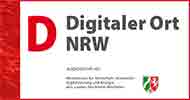The Politecnico di Milano takes part in the Restoration of the Floor of the Church of the Holy Sepulchre
Milan, 12 April 2022
The Politecnico di Milano has created the guidelines for modelling and sharing data for the project of conservation and restoration of the floor of the Church of the Holy Sepulchre in Jerusalem and has performed a detailed survey to document the state of conservation prior to the intervention.
The researchers created models of the floor and the surrounding architecture, starting from the laser scanner data. This laser scanner data was acquired by the project coordination group on site, in the midst of the pandemic (led by architect Osama Hamdan).
The high-resolution photogrammetric survey, carried out on site by researchers from the Politecnico between September and October 2021, acquired over 50,000 high-resolution images, using a system designed ad hoc.
“The system we designed,” explains Prof. Luigi Fregonese from the Department of Architecture, Construction Engineering and Built Environment at the Politecnico di Milano, “consists of a special trolley on which we engineered an articulated lighting and acquisition system, with controlled intensity and colouring. This was integrated with a topographic survey for processing and verifying the final result, a digital image, an orthophoto, with very high resolution, metrically reliable and precise, of the entire floor of the Church of the Holy Sepulchre.”
The research group from the Politecnico, MantovaLAB—Hesutech group from the Politecnico di Milano Mantua Campus (ABC Department), which is coordinated by professors Andrea Adami, Luigi Fregonese, Stefano della Torre and the Vice Rector of the Mantua Campus Federico Bucci, worked in continuous coordination with the internal staff at the church, in order to avoid interference with normal liturgical activities and visits by pilgrims and tourists who, despite the pandemic, still filled the church every day.
The project manager for the conservation and restoration of the floor—the start of which has recently been announced—on behalf of the Custody of the Holy Land, is the Centro di Conservazione e Restauro La Venaria Reale [CCR-VR] in Turin, with the support of a multidisciplinary team, while the direction of the archaeological excavation has been entrusted to La Sapienza University of Rome.
Politecnico di Milano is a scientific-technological university which trains engineers, architects and industrial designers.
The University has always focused on the quality and innovation of its teaching and research, developing a fruitful relationship with business and productive world by means of experimental research and technological transfer.
Research has always been linked to didactics and it is a priority commitment which has allowed Politecnico Milano to achieve high quality results at an international level as to join the university to the business world. Research constitutes a parallel path to that formed by cooperation and alliances with the industrial system.
Knowing the world in which you are going to work is a vital requirement for training students. By referring back to the needs of the industrial world and public administration, research is facilitated in following new paths and dealing with the need for constant and rapid innovation. The alliance with the industrial world, in many cases favored by Fondazione Politecnico and by consortiums to which Politecnico belong, allows the university to follow the vocation of the territories in which it operates and to be a stimulus for their development.
The challenge which is being met today projects this tradition which is strongly rooted in the territory beyond the borders of the country, in a relationship which is developing first of all at the European level with the objective of contributing to the creation of a single professional training market. Politecnico takes part in several research, sites and training projects collaborating with the most qualified European universities. Politecnico's contribution is increasingly being extended to other countries: from North America to Southeast Asia to Eastern Europe. Today the drive to internationalization sees Politecnico Milano taking part into the European and world network of leading technical universities and it offers several courses beside many which are entirely taught in English.













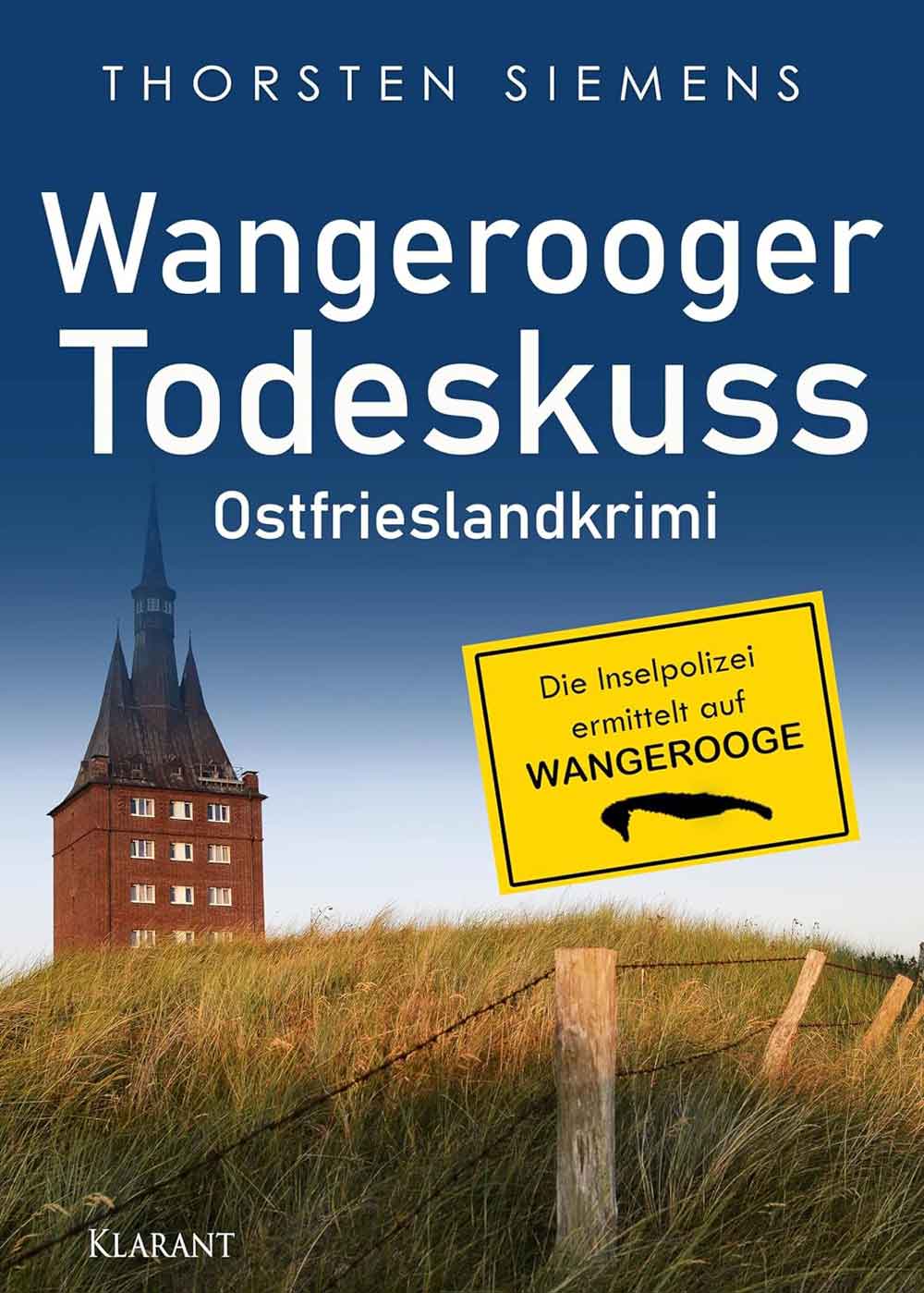


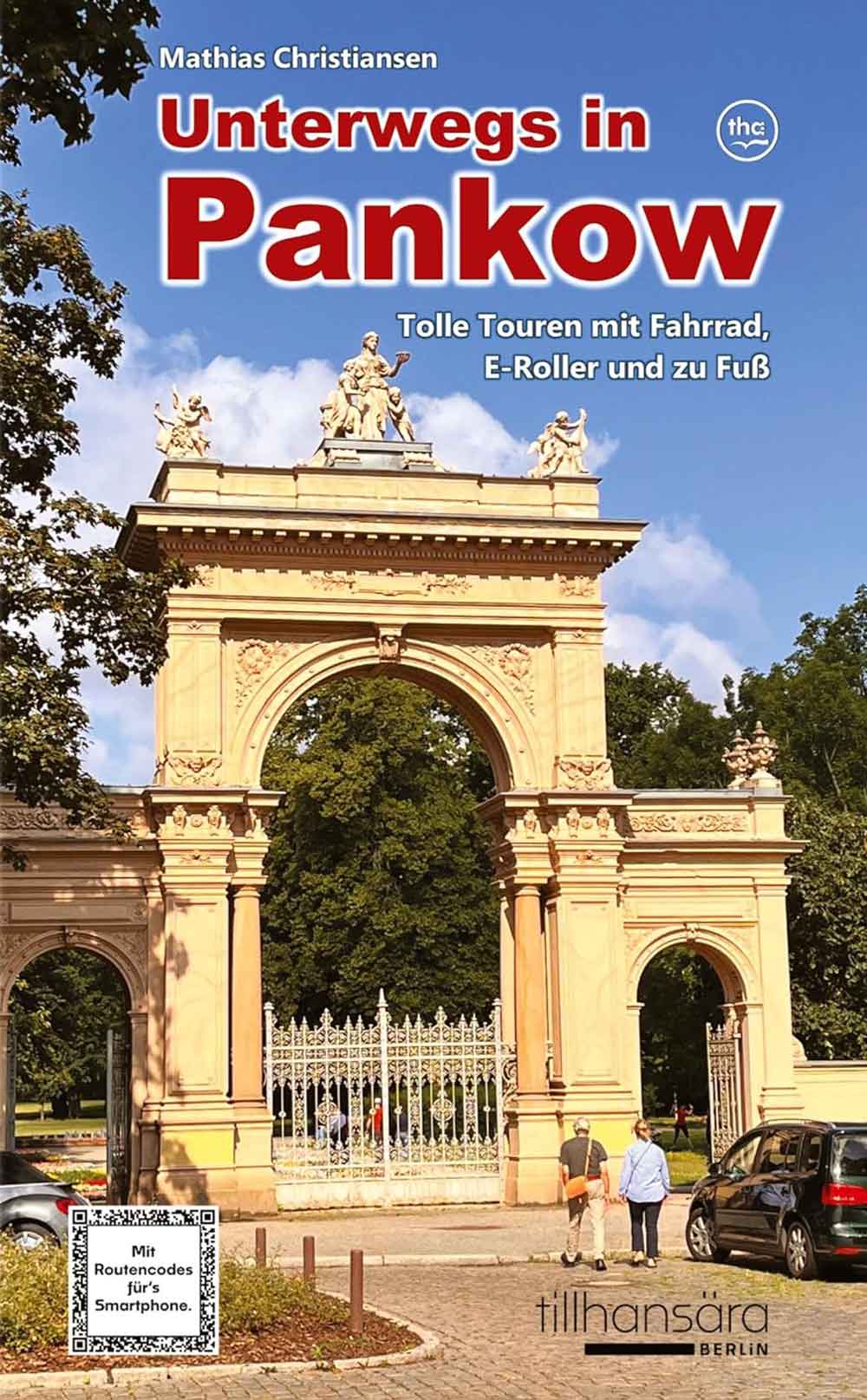




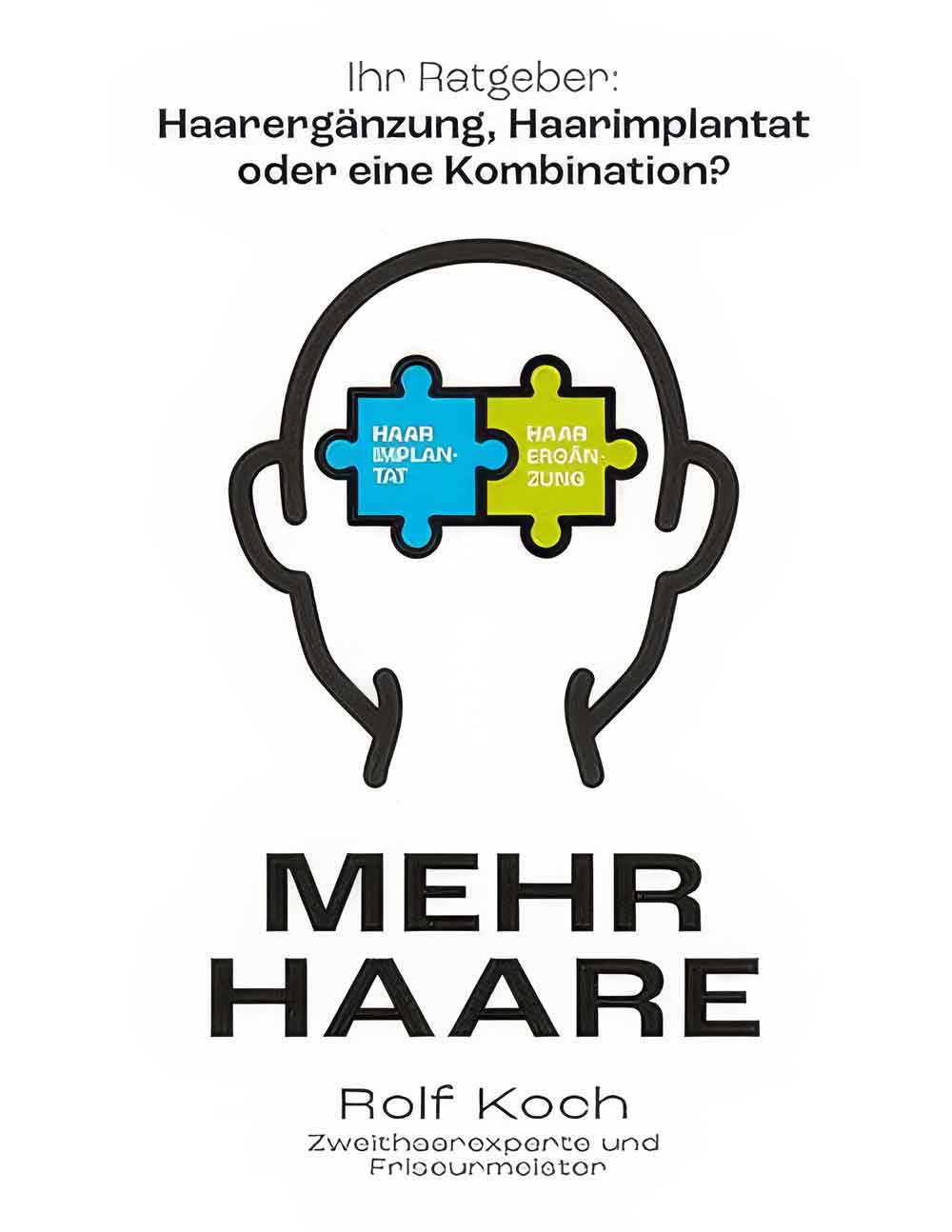

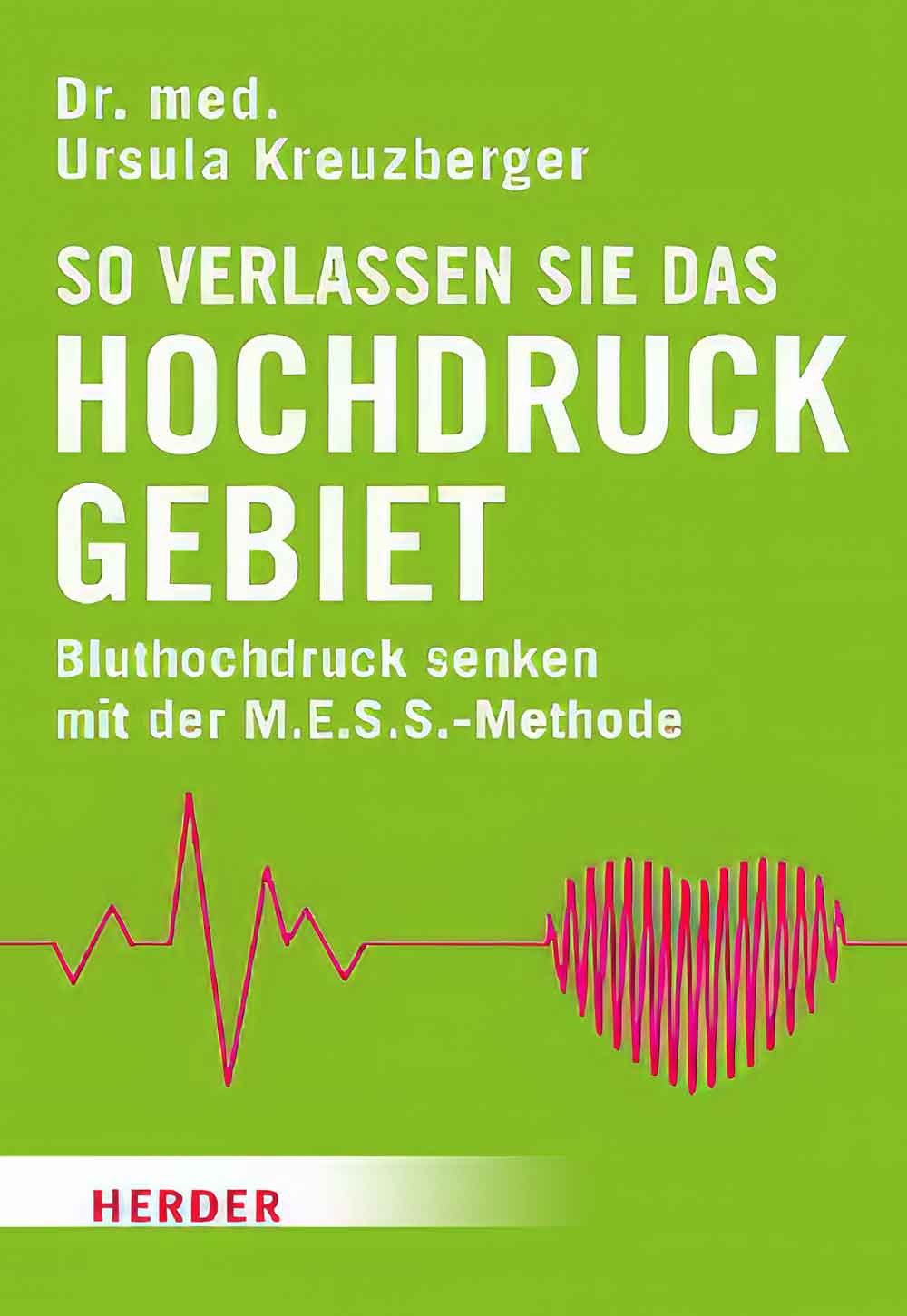
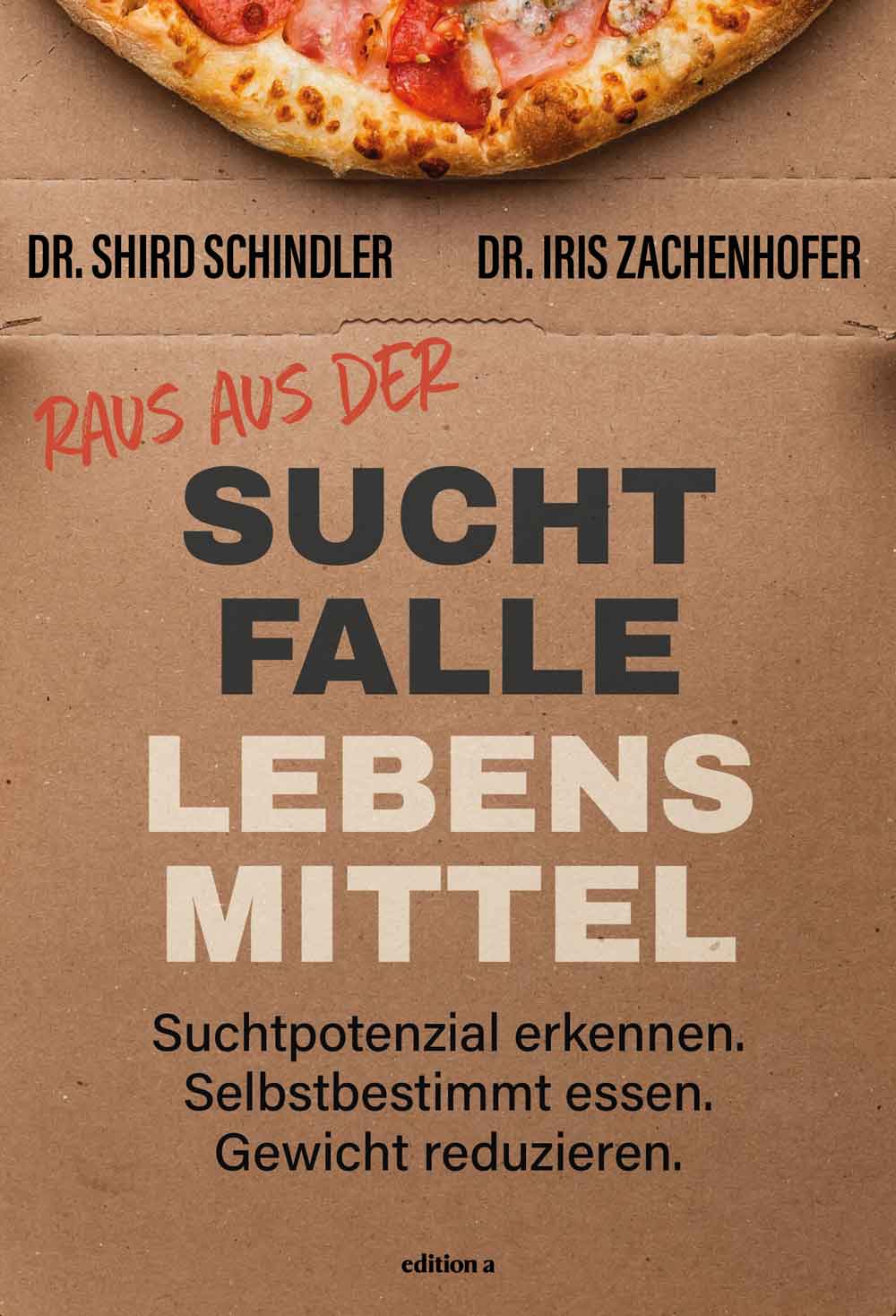














 Gütsel RSS Feed
Gütsel RSS Feed






























